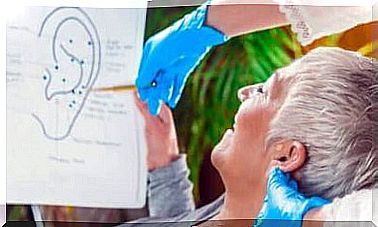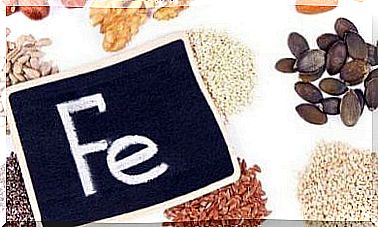Ligament Injuries In The Knee: Causes, Symptoms And Recommendations
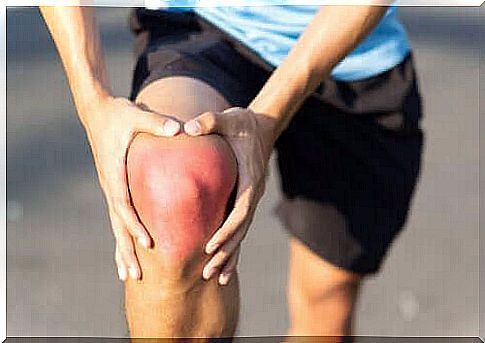
A sprained knee is actually a generic name for other more specific injuries that occur in this joint. A knee sprain as a whole does not actually exist, since the treatment depends on the injured ligament. In fact, this is a very complex body region, especially in its soft tissues. Ligament injuries in the knee are especially common in athletes.
Doctors consider it a sprain when the ligaments are stretched beyond what they can handle. They exceed their limits, resulting in injury. This leads to loss of their characteristic elasticity.
In the case of the knee, the cruciate ligaments (which are inside the joint), the lateral lateral ligament (on the outside) or the inner ligament can be stretched.
Causes of ligament injuries in the knee
Ligament injuries in the knee have several causes, especially if we take into account that each ligament has its own special mechanism that causes it to be injured. The cruciate ligaments are not damaged in the same way as the lateral ones.
Athletes are the most vulnerable, and within each discipline there is a greater or lesser risk of stretching one or another tissue. But as we know well, it is also possible to be injured in the home and daily accidents.
Think, for example, of a foot that gets stuck in a loose floor tile, and as a result twists the leg around itself. At the same time, contact sports such as football are at high risk for cruciate ligament injury.
Another common cause is present in frontal collisions in motor vehicles that involve tightening limbs. As for the side ligament, people who play a sport like rugby are prone to sprains due to dunking into the side of the players.
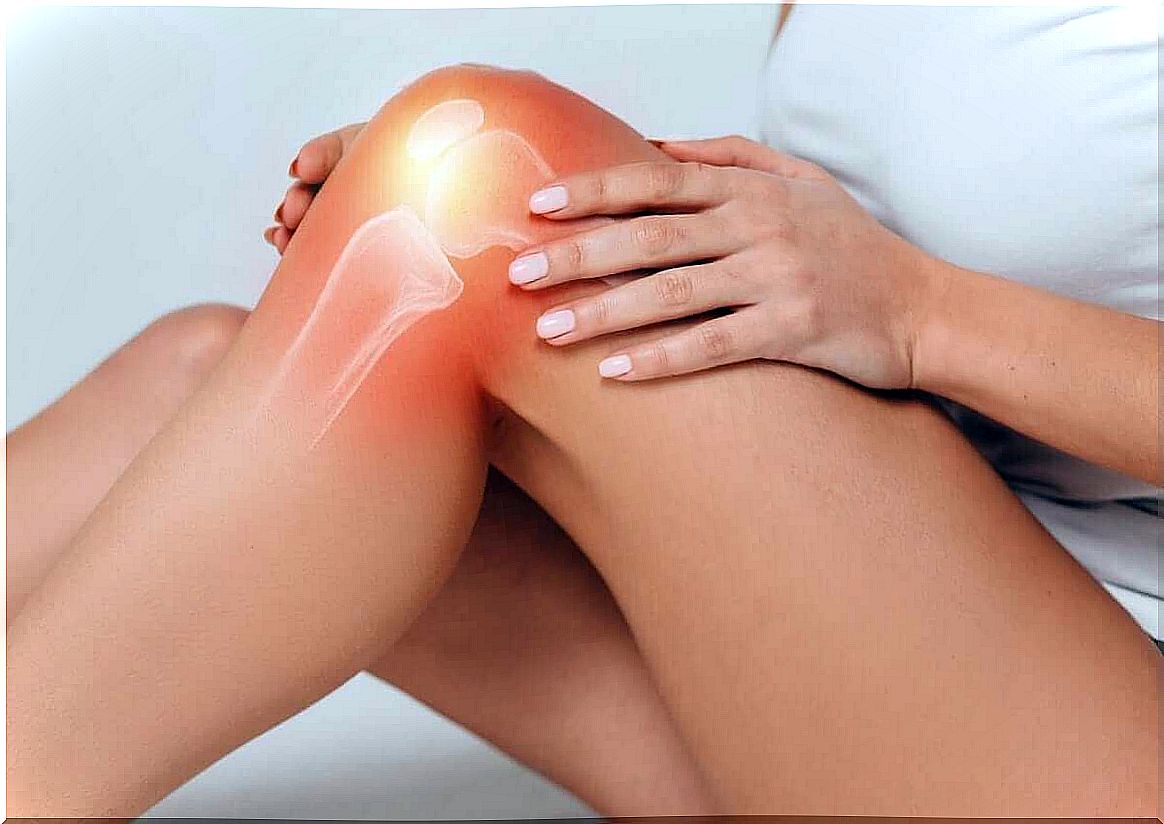
Degrees of ligament injuries in the knee
Ligament injuries in the knee are classified in degrees, according to the severity. This classification is common in ligament sprains and determines the treatments.
First-degree ligament injuries in the knee
First-degree ligament injuries in the knee are the mildest form. In general, the person suffering from the clinical picture has tolerable symptoms that are no more than mild pain and some immobility. It occurs when individuals stretch some fibers in the ligaments, but not all. There is also no fracture, so a hematoma is unlikely to appear in the area.
Second degree ligament injuries
According to the traumatological classification, this degree of ligament injury in the knee involves a fracture of more than half of the ligament involved. The functional impotence is moderate and the activity cannot continue. The pain is deactivating to forced rest.
Third degree ligament injuries
The most severe form is smoked ligaments. It is often a complete rupture of one of the cruciate ligaments, or the lateral lateral ligament. The situation is serious and involves surgery to repair the damage.
The individual can no longer use the knee until it rests and can heal. Hematomas may appear, indicating destruction.
Symptoms of ligament injuries in the knee
We can say that pain is the characteristic sign of these ligament injuries, regardless of the ligament involved. What can vary is the location and type of discomfort during one or another movement. The cruciate ligament dislikes moving back and forth, while the others do so with lateral movements.
The functional limitation will depend on the severity. In the lighter forms, you can keep walking but not running. From the second degree, rest is basically mandatory.
The knee and its soft tissue may become swollen. This changes with the position that the person occupies. When the lower extremity is stretched and raised, the fluids are redistributed, and thanks to gravity, they empty the area.
Fortunately, this also relieves pain. On the other hand, if the individual does not rest, the inflammation increases and puts pressure on the nerves and arteries.
Hematoma is variable. Ligaments do not have vascularization, so their rupture does not lead to subcutaneous blood flow, although the surrounding tissue contributes to this. In the second and third degree, it is common to observe changes in skin color due to extravasation of blood.
Possible treatments for ligament injuries
Although the treatment for ligament injuries in the knee depends on the affected ligament and severity, some measures are quite common for all forms:
- Medication: Painkillers and anti- inflammatory medications are prescribed by physicians as a relief for symptoms. They do not solve the main problem, but they do relieve the pain.
- Rest: This is one of the keys to getting well. We should rest our joints to promote natural healing, if possible. When the band is smoked, rest is indicated to wait for surgery.
- Immobilization: The use of a bandage can contribute to the reabsorption of the fluids that were extravasated, as well as putting pressure on the knee to relieve the pain. In more severe cases, specialists choose a plaster or a system with external support to ensure stability. Elastic knee pads are an available option for first-degree injuries.
- Surgery: Third-degree ligament injuries in the knee require surgery. It is necessary to repair the torn ligaments with an intervention. The trauma surgeon will determine the best technique to promote subsequent healing. As with a complicated variant, the healing period is usually long.
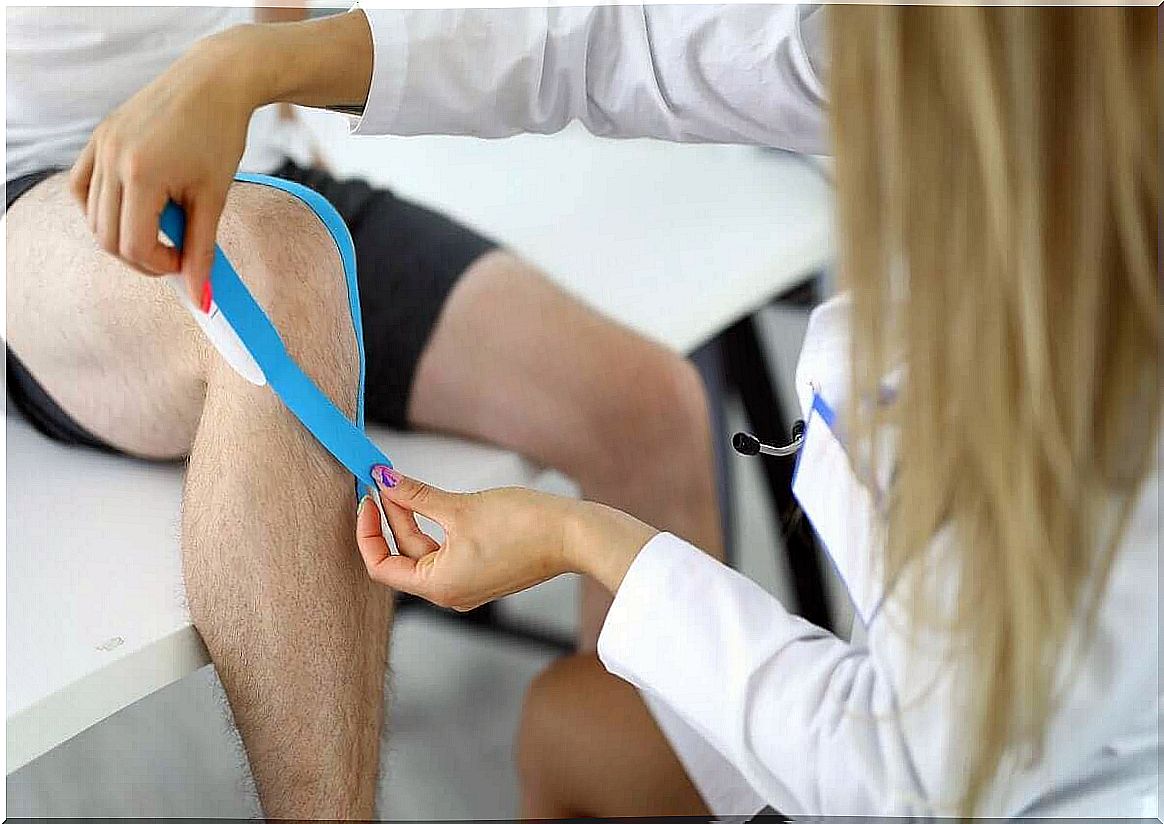
Healing of a ligament injury in the knee
The healing process for ligament injuries in the knee goes through various stages. The first is rest, which is almost mandatory for everyone. Patients should respect this to ensure a development that will restore the quality of life.
In any case, it is necessary to consider slow healing of this injury. A month is the standard time, but if you have had surgery, it can take twice as long. You even have to wait a lot longer if you are thinking of resuming demanding sports activities, which involves a rehabilitation plan that can take from 3 to 6 months.
When it comes to physiotherapy, the kinesiologist defines the approach. Mechanical and manual maneuvers can be performed, or ultrasound and magnetism can be incorporated. The patient will attend at least 10 sessions.
Can ligament injuries in the knee be prevented?
In the sports environment, the prevention of practice-related injuries is a topic that has been mentioned in countless studies. The truth is that ligament injuries in the knee can be prevented by taking precautions in training, warming up and muscle fatigue.
In any case, there are accidents that, as the name suggests, are simply inevitable. We can reduce the risk of an accident if we have suitable footwear, but that does not eliminate all risk. Maybe someone, for example, bumps into us, and there’s nothing we can do about it.
Physical condition is also a protective factor. People with toned muscles in the legs are less likely to get ligament injuries because these tissues act as joint stabilizers.
In case of pain or inflammation in the knee, it is recommended to consult a specialist. You may not notice a first-degree ligament injury in the knee when it happens, and it can slowly develop. A timely consultation is another form of preventing the injury from growing and damaging the ligament even more than the original injury.



